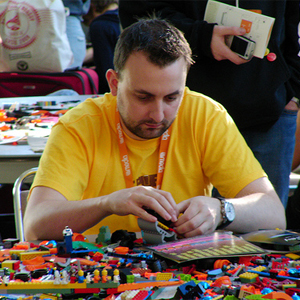Sticky Back Plastic and Blu Tac – Organization Development Tools
When it comes to some popular tools and techniques that are used with workshop environments or project meetings include brainstorming, writing up sophisticated flow charts, developing cause and effect diagrams, Force Field Analysis, SWOT, PESTLE, graphs, quality circles and the development of quality circles. None of these techniques are necessarily bad in and of themselves. But their use in business is linked to strategic systems and processes. They focus on information and data, sophistication and alignment with rational linear thinking. Most importantly these techniques are focused on efficiency. Funnelling large amount of data through a process that will transform the data into information that can be used for decision making.
The tools offered by business analysis are useful, and this blog isn’t about discarding them. But I would suggest that they are useful at the end of a process, not at the beginning. Organization Development is unique in its treatment of change, because it focuses not on systems and business process but instead on people processes. It deliberately disrupts linear thinking, in order to ‘jump start’ ideation through a number of seemingly irrational and unsophisticated tools. But don’t mistake the lack of a formal flow diagrams for a lack of effectiveness, or the use of sticky back plastic for a lack of theoretical underpinning.
In my role as OD practitioner, I very often utilise lego, geomag, paint, modelling clay, glue, card, pipe cleaners and glitter. I invite participants to lie on the floor and do visioning exercises, ask them to draw animals, food or come up with opposites of statements that they have put on a brainstorming board. I get participants to tell stories to each other, take a walk and keep a diary. I have even been known to play a game of Ready, Steady, Cook, where the participants are given ingredients in a bag and have to cook their own lunch.
One executive even said that he never imagined that in his forties he’d be spending a day at a kitchen table playing lego as part of leadership development. But the ‘fun’ and ‘play’ elements that I utilise in some of the interventions are deadly serious. Each activity is carefully designed to take the participants on a safe, although sometimes uncomfortable, journey of discovery to open up their potential, creativity and innovation. Each tool used is part of a technique which draws the participants towards a stated end point, where a strategy and action plan is developed.
The difference? The ideas are based on fresh thinking, the individuals themselves have developed personally rather gone through the motions, and each and every participant is bought into the plan or strategy created at a behavioural level, avoiding resistance and developing commitment and engagement to see things through. Furthermore the techniques used trains each individual how to approach problems in a more meaningful way, developing an adaptability and flexibility that is difficult with linear processes.
It doesn’t mean that the fishbone diagram, Force Field Analysis, graphs or statistics are never used. But they are completed as an outcome of the people processes. They are easier to complete and they completed with more depth of thought, often pulling together disperate strands of thinking to form a unified whole.
Although the tools used, may appear less controlled, they enable the facilitation of group dynamics, and the output is not only efficient, especially in the long term but effective in drawing out locked up creativity and talent potential lying dormant in an organizations most valuable asset, its people.

